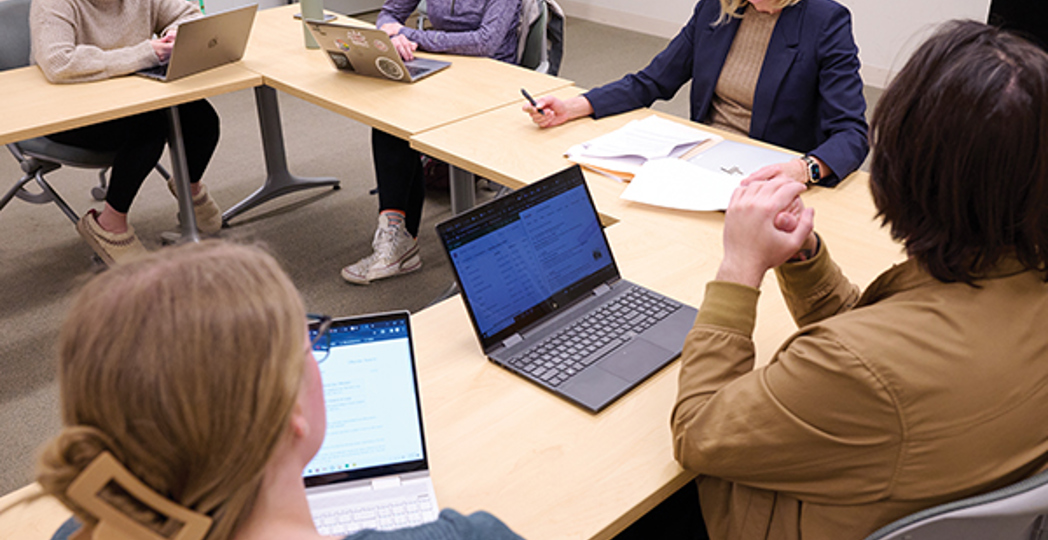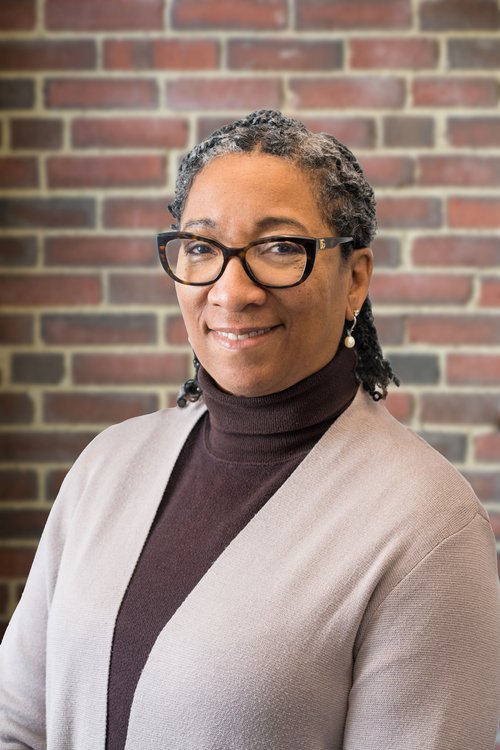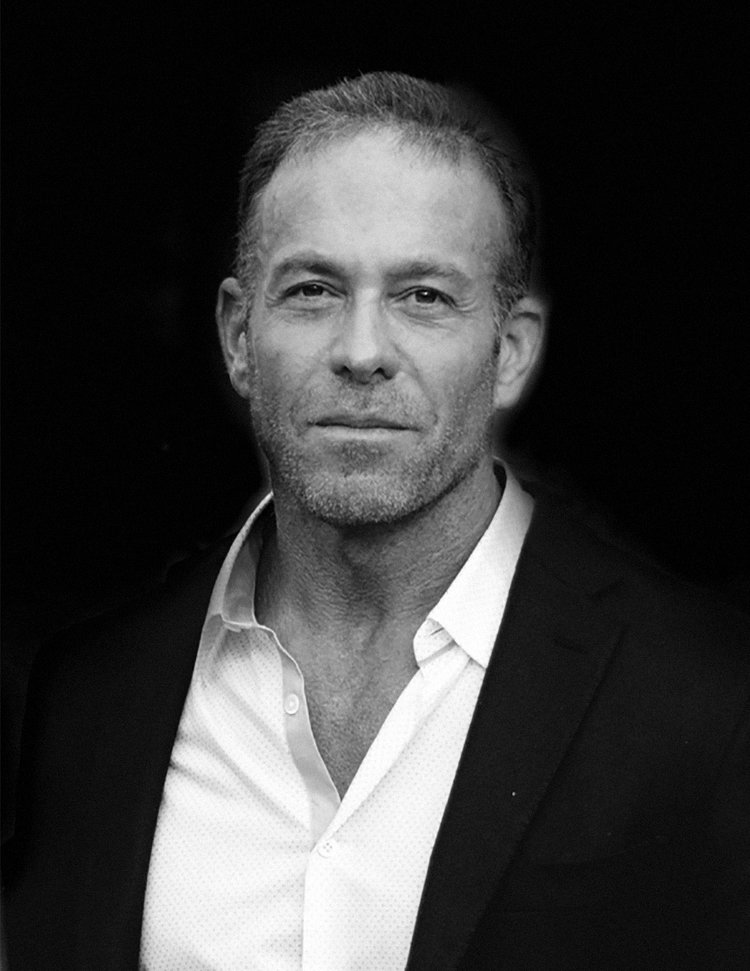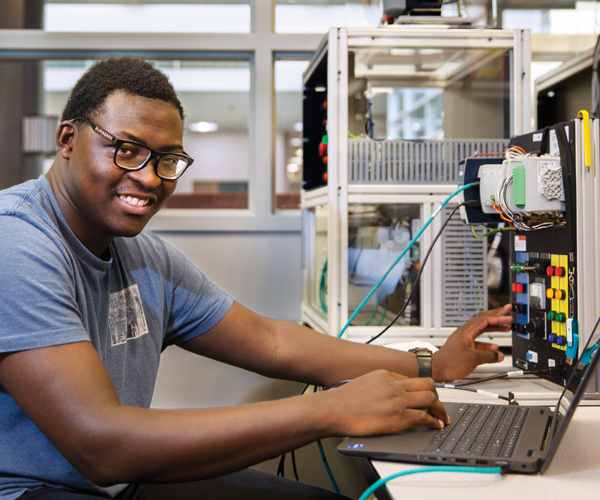CSU’s Wrongful Conviction Clinic Fills a Vital Need
by Jill Sell — Partnership Content | Nov. 3, 2024 | 4:00 AM

In 1895 the U.S. Supreme Court declared “it is better to let the crime of a guilty person go unpunished than to condemn the innocent.” The idea goes back to 1769 beliefs of legendary expert of English law Sir William Blackstone and even further back to Roman law.
The doctrine has been somewhat debatable. But now incarcerated individuals convicted of a felony in Ohio “with claims of actual innocence or manifest injustice” have more hope of walking free.
Launched in 2023 and enrolling students for the first time this year, the Cleveland State University (CSU) College of Law Terry Gilbert Wrongful Conviction Clinic fills a vital need providing pro bono legal assistance to those who qualify. (Terry Gilbert is a 1973 CSU Law graduate and a member of the law school’s Hall of Fame.)
Cuyahoga County has no wrongful conviction program, but the county has accounted for more than one-third of those exonerated in Ohio since 1989 and in the top 10 of most exonerations of any county nationwide, according to Laura Greig, the Wrongful Conviction Clinic’s director. Forty percent of those Ohio exonerations have been in Cuyahoga County.
“Criminal defendants who can’t afford a lawyer have the right to be appointed counsel and be appointed a lawyer,” explains Jonathan Witmer-Rich, co-director of CSU’s Criminal Justice Center. “But that ends once they have done their first appeal. So, if they are in prison and there is new evidence or another reason comes up and they want to try to prove they were wrongfully convicted, they no longer have the right to have a lawyer appointed to represent them.”
Greig says individuals in Ohio can bring a challenge to their conviction based on a variety of reasons, including mistaken identity, recantation of a witness’s testimony, not being represented properly by an attorney, being coerced into a false confession or on the basis of a Brady doctrine violation (suppression by the prosecution of evidence favorable to a defendant).
CSU College of Law students, under the supervision of Greig and other law professors, review each case submitted to the Clinic, request associated public records, and then learn and develop litigation skills if the case is accepted by the Clinic. Taking the two-semester Wrongful Conviction Clinic course earns six credit hours.
“This work is very complicated and takes a lot of time. We have heard cases that have taken 20 years to unravel,” says Witmer-Rich. “We are very early into this work, and we don’t have a case yet where we can say, ‘Here’s this person out of prison and we did it.’ But students are making progress in a number of investigations.”
The Wrongful Conviction Clinic is one of three clinics in CSU’s Criminal Justice Center. The others are the Pretrial Justice Clinic headed by Director Robert Triozzi, and the Pardon, Clemency and Reentry Clinic, headed by Director Khalida Sims Jackson and Assistant Director Kate Pruchnicki.
“Our Criminal Justice Center is at the forefront of legal justice issues, from our Wrongful Conviction Clinic to our Pardon, Clemency and Reentry Clinic to our Pretrial Justice Clinic,” says Lee Fisher, dean, CSU College of Law. “Regardless of what field of law our students choose after they graduate, we want all our students to think of themselves not only as future lawyers, but also as future guardians of justice.”
Funding is a critical issue for the success of the Criminal Justice Center. Fisher is hopeful that support will continue.
Trending
-
1
-
2
-
3
-
4
-
5










